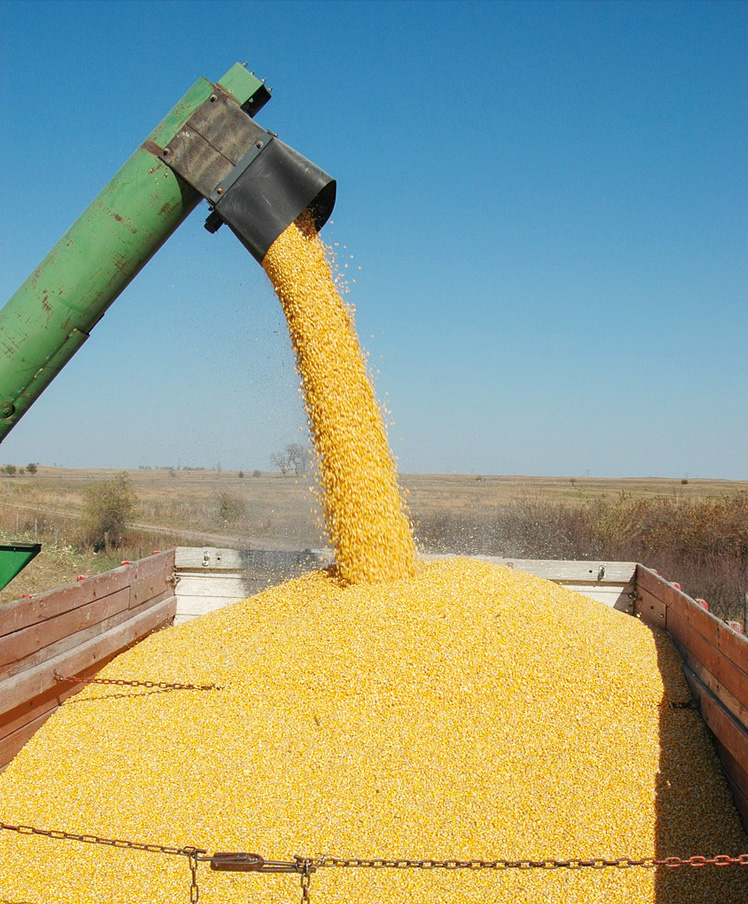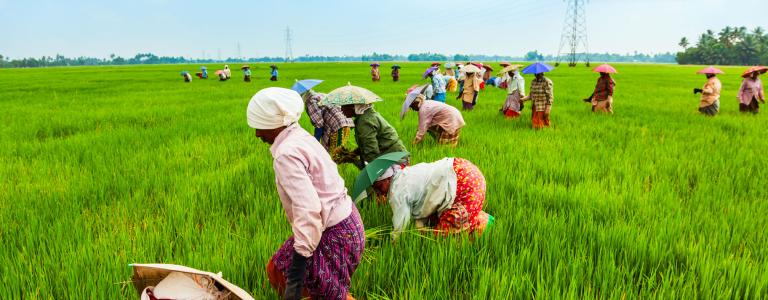The Impact of Climate Change on Global Agriculture Practices
The Impact of Climate Change on Global Agriculture Practices
Blog Article
Optimize Plant Growth and Yield With Costs Water Soluble Polymers for Farming
Costs water-soluble polymers have arised as an appealing device in this search, providing an array of benefits that can reinvent the means we approach crop growing. By addressing important elements such as dirt structure, water retention, and nutrient distribution, these polymers have the potential to unlock brand-new levels of efficiency and return in farming manufacturing.
Advantages of Water-Soluble Polymers
Water-soluble polymers offer a variety of advantages in agricultural applications, improving dirt structure and water retention effectiveness. These polymers, when put on the soil, can dramatically boost dirt gathering, lowering disintegration and raising overall soil health. By boosting soil structure, water-soluble polymers create a more favorable setting for origin development and growth, eventually causing boosted crop yields.

Improved Soil Framework
Given the shown benefits of water-soluble polymers in enhancing dirt high quality and water retention, an essential aspect that stands out is the substantial effect these polymers have on restructuring the dirt structure. Premium water-soluble polymers play a vital role in boosting dirt structure by advertising soil aggregation and security. By enhancing dirt structure, water-soluble polymers aid stop soil compaction, which can limit root development and water movement.
Boosted Water Retention
Enhanced water retention can be accomplished via the use of premium water-soluble polymers in farming practices. These polymers have the distinct capacity to absorb and maintain large amounts of water within the dirt account, creating a reservoir that plants can access throughout durations of water stress.
Premium water-soluble polymers work by forming a gel-like structure when blended with water, enhancing the soil's water-holding capacity and decreasing water loss via evaporation and runoff. This enhanced water retention not just boosts plant resilience to drought conditions however additionally lowers the regularity of irrigation, resulting in water conservation and expense financial savings for farmers.
Reliable Nutrient Distribution
With the structure of improved water retention currently established, his explanation the focus shifts in the direction of maximizing farming methods with the reliable distribution of nutrients to plants for continual growth and productivity (Agriculture). Efficient nutrient delivery is crucial in making the most of crop returns and making certain plant wellness. Water-soluble polymers play a crucial role in this procedure by assisting in the regulated release of essential nutrients to the plants' origin systems
One secret benefit of making use of costs water-soluble polymers for effective nutrient delivery is their capacity to bind with nutrients, such as nitrogen, phosphorus, and potassium, protecting against leaching more and runoff. This ensures that the plants obtain a regular and consistent supply of nutrients, reducing wastefulness and environmental influence.
Furthermore, these polymers can boost nutrient uptake effectiveness by advertising root advancement and improving dirt structure (Agriculture). By producing a favorable atmosphere for origin growth, water-soluble polymers aid plants gain access to nutrients better, bring about healthier plants with boosted resistance to stressors like dry spell or disease
Maximizing Crop Returns
These polymers play an essential role in enhancing soil structure, water retention, and nutrient absorption, ultimately leading to improved plant growth and development. By incorporating water-soluble polymers right into their watering techniques, farmers can ensure that plants obtain a ample and regular water supply, also throughout periods of drought or water scarcity.
Moreover, water-soluble polymers help in reducing dirt disintegration, lessen nutrient leaching, and advertise origin advancement, all of which add to higher plant returns. By developing a protective film around plant origins, these polymers boost nutrient uptake effectiveness and secure plants from environmental stressors. In addition, making use of costs water-soluble polymers can enhance the overall health and strength of plants, leading to enhanced yields and boosted farming sustainability.
Final Thought

These polymers, when applied to the soil, can dramatically boost soil aggregation, minimizing disintegration and raising total dirt wellness.Offered the shown advantages of water-soluble polymers in improving read what he said soil high quality and water retention, an essential aspect that stands out is the substantial influence these polymers have on reorganizing the dirt structure. Premium water-soluble polymers play an important function in enhancing soil framework by advertising dirt aggregation and stability. By boosting dirt structure, water-soluble polymers help prevent soil compaction, which can limit origin growth and water movement. These polymers have the unique capacity to soak up and preserve huge amounts of water within the soil account, developing a tank that plants can access during durations of water anxiety.
Report this page